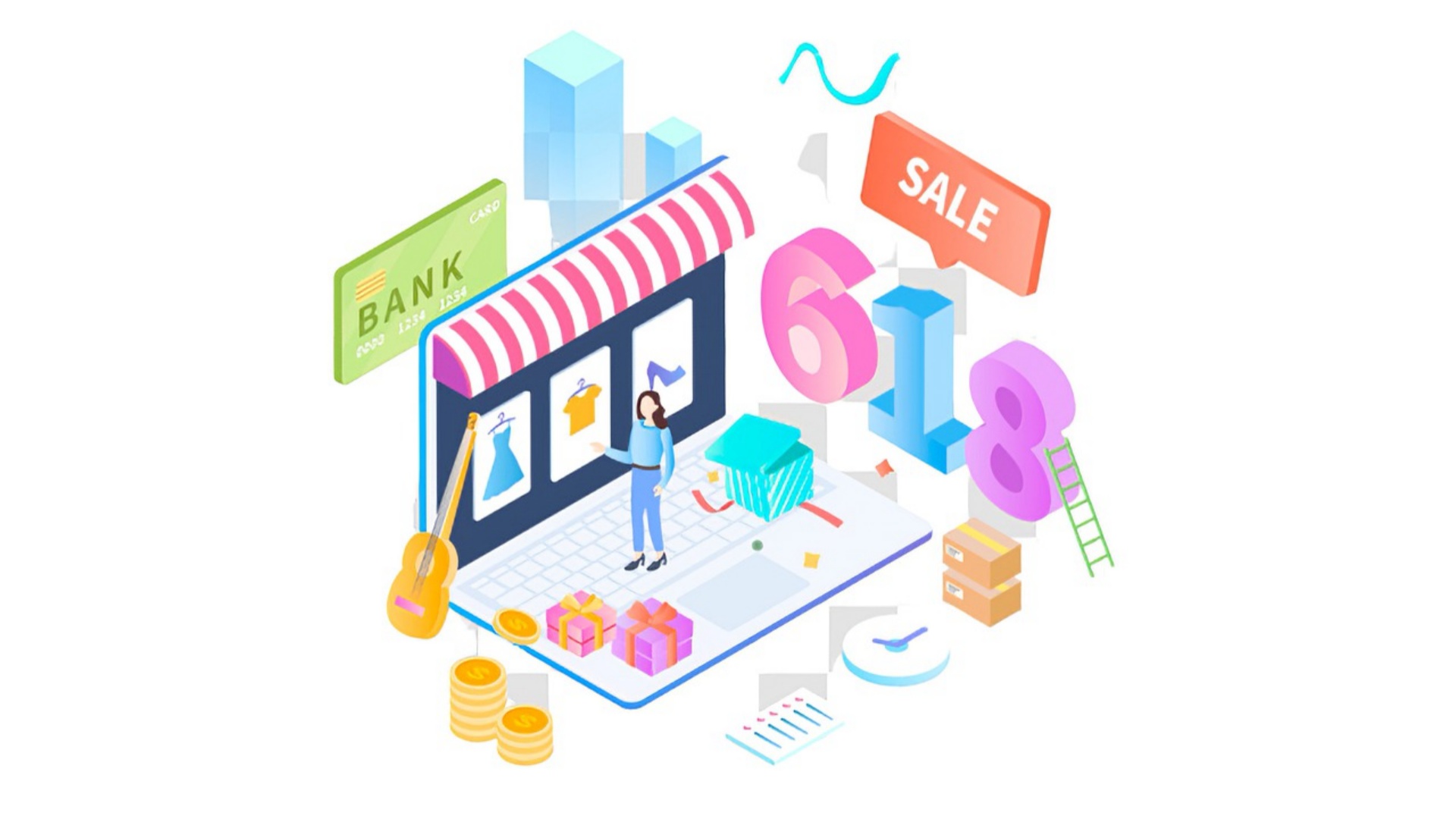This week saw ECOM Africa 2022 take place at the Cape Town International Convention Centre over two days.
The largest ecommerce event of its kind on the continent, this hybrid event aims to bring industry leaders together to discuss how the landscape has rapidly changed in recent years, as well as share some of the lessons learned as a result of the pandemic.
On the first day of the event, a panel discussion took place aiming to highlight some of the key trends that could shape ecommerce locally for the rest of 2022.
Said panel was moderated by Warrick Kernes, CEO of the Insaka Ecommerce Academy and featured three panelists each representing a different segment of the ecommerce industry – Alex Genov, head of customer research at Zappos, Vincent Viviers, retail executive for omni-channel at Pick n Pay and Shannon McLaughlin, founder and CEO of Ubuntu Baba.
Perfecting the last mile
One of the early points raised by Kernes was what it is like being in the ecommerce industry at the tip of Africa. While we often lament the fact that trends and technologies often take a little longer to reach our shores than other regions in EMEA, he also highlighted the fact that with this extra time comes the benefit of seeing what does and does not work in the industry.
For savvy operators, it therefore holds the advantage of picking and choosing the best strategies for your own business, which is a point echoed by the rest of the panel.
As for some of the trends that are shaping local ecommerce and are viewed as having an impact down the line too, the issue of the last mile came to the fore, which is perhaps the most expensive and crucial element of the ecommerce journey.
Speaking for the grocery delivery business in particular, Viviers and Kernes noted that speed remains the biggest hurdle, namely as customers expectations have evolved rapidly as a result of the pandemic.
While Kernes posits the impending move to quick commerce (deliveries in 15 to 20 minutes) locally, Viviers remains split on it. Here the Pick n Pay executive believes that speed might be a great tool for acquiring customers, but retention and loyalty will boil down to convenience.
It will therefore become increasingly important for ecommerce platforms and grocery delivery companies in particular to design systems that add a layer of convenience to the purchasing process, as well as adding the ability to schedule deliveries more flexibly for customers. Added to this is a high degree of accuracy, as failing to deliver when you say you will, quickly kills customer confidence, loyalty and their willingness to recommend your service.
The panel also highlighted how important grocery deliveries in general will prove over the coming months and years. While take-away services like Uber Eats and Mr D have thrived during the pandemic, these items still remain a luxury and out of reach for many South Africans, whereas groceries are viewed as a necessity.
Trust is earned, not given
Another element spoken about during the panel discussion was the fact that ecommerce is not going to fully replace traditional retail in the future. While dedicating resources to this aspect of the business is important, it should rather be viewed as a complement to the brick-and-mortar experience.
This brings us to the idea of customer loyalty, which is very much driven by trust in the view of Genov. Here he explained that the idea of the ecommerce experience is to create touchpoints that mirror real world retail. This relatively familiarity breeds loyalty, according to the Zappos head of research, especially if you plan to implement several customer-centric data-driven initiatives.
Added to this is integrating an element of education to the ecommerce platform, McLaughlin points out. For her own Ubuntu Baba business, which required several pivots during the first six months of the pandemic, McLaughlin says that being able to educate customers about products is crucial, along with adding information that complements what you are trying to sell.
Another avenue that Ubuntu Baba is looking at is influencers, and micro influencers in particular, who normally have a smaller audience, but one that is a bit more niche and potentially more engaged than a bigger name influencer. As a form of “natural” advertising, making use of micro influencers appears to hold more swap that traditional online advertising, which can feel a little invasive or disingenuous, according to McLaughlin.
It therefore looks like two of the key trends for 2022 and beyond in terms of local ecommerce is adding an increased element of convenience to the purchasing/delivery experience, as well as building a relationship of trust with customers.
[Image – CC 0 Pixabay]

